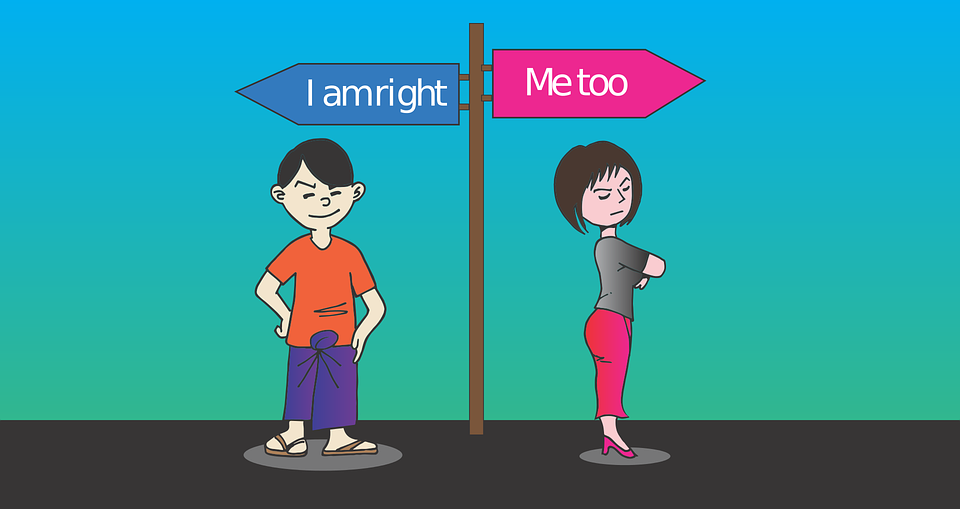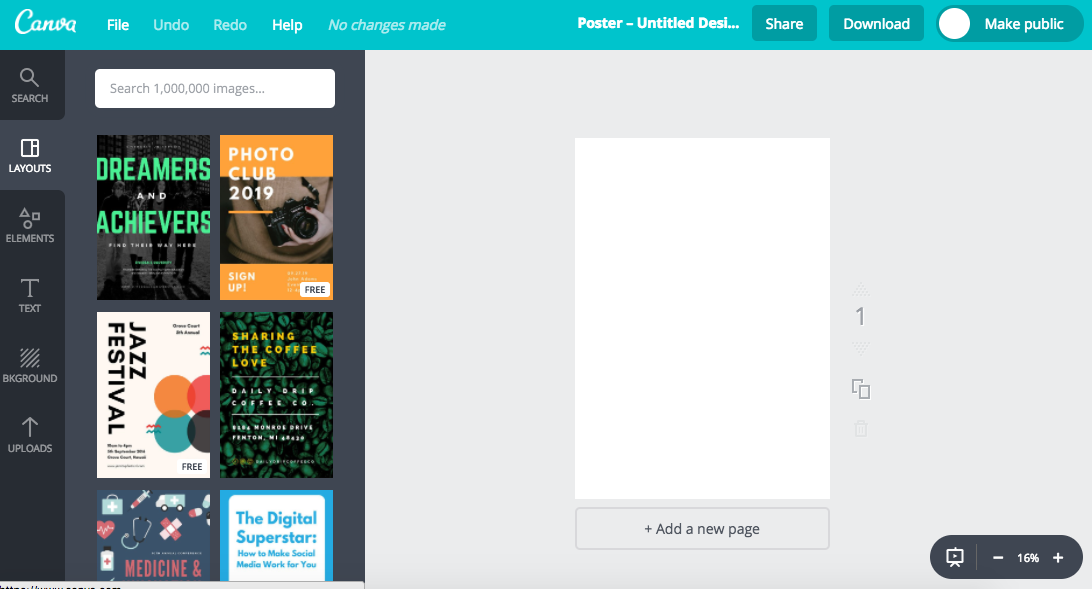
We constantly consume media — whether television, internet, or radio. According to Pew, a whopping 62% of adults get their news from social media. This is troubling, considering the pervasive filter bubble; depending on our interests, social media and search engines filter their results to match our preferences. Hence the bubble. The Wall Street Journal has illustrated this phenomenon.
Why does this matter? The media we consume can define almost every aspect of our lives — from who we associate with, the books we read, and even our moods. You can imagine that, very quickly, people’s world views become polarized. The filter bubble offers few opportunities for self-reflection. We learn a whole lot about why we’re right and, very quickly, the opposite viewpoint becomes incomprehensible. Information contradicting our positions simply do not appear on our social media — where most of us get our news.
Learning Objectives
Students should learn about filter bubbles; how they work and why they exist. They should explore the effects of filter bubbles and challenge their own views on a particular subject.
This activity teaches students to move from being passive consumers of media (by reading what they find on social media) to active consumers (by seeking out information that may not correspond to their perspectives).
This does not have to be political in any capacity. In fact, students would likely be more receptive to this lesson plan if it is not politicized. For example, students may have a filter bubble that highlights the release of science fiction novels or romantic flicks. Any type of media emphasis will do in order to make this point. This could manifest in personal advertisement, literature or films overrepresented in one’s feed, ethnic or religious groups that lead to various page suggestions, etc.
- “Understand the filter bubble”
- Seek out and evaluate different media in order to expand one’s scope of knowledge”
- Learn an opposing argument (for example, if a student is interested in jazz, then that student could seek out hip hop websites to discover the value of another genre of music)”
Assignment Length
One class session
Required Materials
A computer or smartphone with a personalized search history
Skills Necessary
Some knowledge of how filter bubbles work
Access and Adaptability
Students should have a smartphone or laptop that they use often. Their filter bubble should reflect their own search terms. They should also have a Facebook account that they regularly use.
Assignment Description
1. Students should come to class having read the introduction of Filter Bubble: What the Internet Is Hiding From You by Eli Praiser.
2. During class, students discuss the problems with a filter bubble.
3. The instructor should then ask students to examine the Wall Street Journal Blue Feed/ Red Feed comparison.
4. Students will discuss the WSJ comparison in groups. What is the value of personalized filter bubbles for search engines and advertisers? They should then describe the subjects they feel strongly about — perhaps the expense of university, perhaps the superiority of jazz to hip hop. Then they should plot what websites they would approach to learn about those topics.
5. They should discuss what outlets they would read to learn the perspective of the opposing viewpoint.
6. After this group discussion, they will review their own social media search bubbles individually. What websites appear? What perspectives dominate? At home, they will seek out other websites for the other side’s perspectives. Is the other side monolithic? Where do they get their news? What arguments do they offer?
7. At home, students will compose an essay about the filter bubble and what one may learn from seeking information from outside that bubble. (AND/OR) Students will produce an advertisement for themselves, based on the information advertisers may glean from their online profiles
Instructor Preparation
- Know how the filter bubble works
- Prepare a series of topics for students that do not include politics
- Read the article assigned to students and review the WSJ website
Student Preparation
Bring laptop or smartphone to class
In-Class or Assignment Instructions
- Discussion of article
- Compile data from social media platforms
- Discussion of strategies to escape the filter bubble

Skills Workshop
Producing an advertisement is a good way of synthesizing the information social media platforms maintain about each individual user. What kind of advertisement would appeal to your profile, including your interests, hobbies, location, and demographic group? To create an advertisement, I encourage instructors to use Canva. Here, you may drag templates (seen on the left) to the center and edit the content.

Assessment Suggestions
Another option is producing an advertisement for a specific audience. Ask students to consider their Facebook preferences and their demographic. Ask students to tailor an advertisement that would appeal to their profile on Facebook. For this assignment, use the Skills Workshop above. Students should also demonstrate analysis and self-reflection. Instead of (or in addition to) the advertisement activity, students may also write an essay playing the “devil’s advocate”. In the persuasive essay, the student argues on behalf of a position she does not personally hold. I, for example, consider classical Persian music to be far superior to contemporary Persian pop. In escaping my filter bubble, I would read about contemporary pop, listen to new songs, understand the way Iranians engage with this music, and write an essay about why Persian pop is an important genre of music with my newfound knowledge.
Their persuasive essay will utilize specific rhetorical skills developed throughout the semester, to convince the reader — and the writer — of a particular argument. It will also demonstrate their effort to escape the filter bubble and learn new information they did not previously know.
Students may produce an online record of the sites they visited, what they learned from them, and why filter bubbles have made access to those sites more challenging. This is self-reflective and engages directly with the purpose of this activity — to interrogate filter bubbles. The advertisement they produce will distill the information advertisers may glean from their online platforms.

